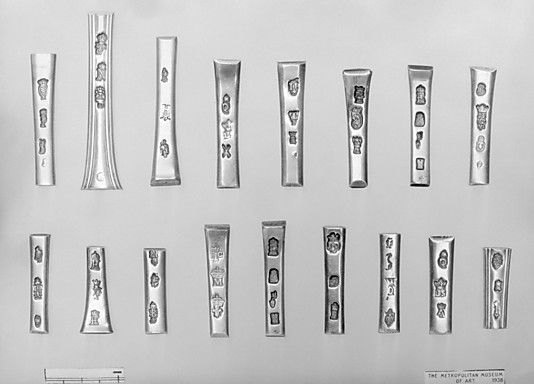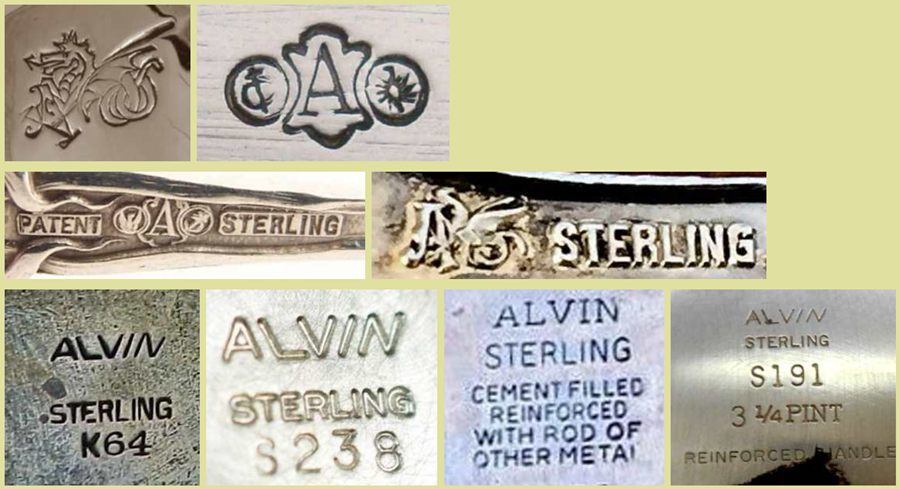Antique spoons can be a fascinating and valuable addition to your collection, offering a glimpse into the past while potentially increasing in worth over time. The world of antique spoons is vast, with various designs, materials, and time periods to explore. In this article, you’ll learn how to identify and determine the value of these unique utensils to enhance your appreciation of their history and craftsmanship.
As you delve into the realm of antique spoons, it’s crucial to understand the different types and their significance. Apostle spoons, for example, are short, round bowl spoons for sifting sugar and flour, often featuring intricate carvings on their handles. Caddy spoons, on the other hand, are highly collectible and can command high prices, especially if they boast unique designs. By familiarizing yourself with these and other spoon types, you’ll be better equipped to identify and assess their worth.
Of course, the age and composition of an antique spoon significantly impact its value. To determine if a spoon is indeed sterling silver, look for hallmarks indicating its purity, such as “sterling” or “925.” Though not all silver spoons will have these markings, finding one increases the likelihood that you’ve discovered a true gem. Additionally, remember that spoons older than 100 years can generally be considered antiques and may fetch a higher price on the market.
Table of Contents
Identifying Antique Spoons
Hallmarks
When identifying antique spoons, the first thing to look for is hallmarks. Hallmarks are small markings found on silver spoons which are essentially stamps of approval. They indicate the purity of the silver used in the spoon, assuring you that it is genuine sterling silver. To find the hallmarks, turn your spoon over and examine both the handle and the back of the bowl. In general, sterling silver hallmarks include a lion passant, a date letter, and an assay office mark.
Maker’s Mark
Another distinguishing feature of antique spoons is the maker’s mark. This mark represents the manufacturer or the silversmith who created the spoon. Like hallmarks, maker’s marks are found on the handle or the back of the spoon. Study these marks carefully and compare them to a reference database to identify the manufacturer and potentially the era in which the spoon was made.
Pattern
To determine the value of your antique spoon, it is crucial to identify its pattern. Patterns can range from simple to intricate, with some rare patterns having significant value. Examine the design on the handle and the overall shape of the spoon. Research various pattern guides to find a match and further information about its rarity and potential value.
Materials
Lastly, knowing the materials used in your antique spoon is essential in determining its worth. Common materials found in antique spoons include:
- Sterling Silver: This is the most valuable material for antique spoons. Look for hallmarks as a sign of authenticity.
- Coin Silver: Coin silver spoons are less valuable than sterling silver, but still hold some worth. They are typically made from melted coins, and they usually have a lower silver content.
- Silver-Plated: These are the least valuable among antique spoons, as they only have a thin layer of silver coating on a base metal. Over time, the silver plating may wear off, exposing the base metal.
By considering these factors – hallmarks, maker’s mark, pattern, and materials – you will be better equipped to identify and value your antique spoons. Remember to consult reputable reference guides and databases throughout the identification process to ensure accuracy.
Types of Antique Spoons
Serving Spoons
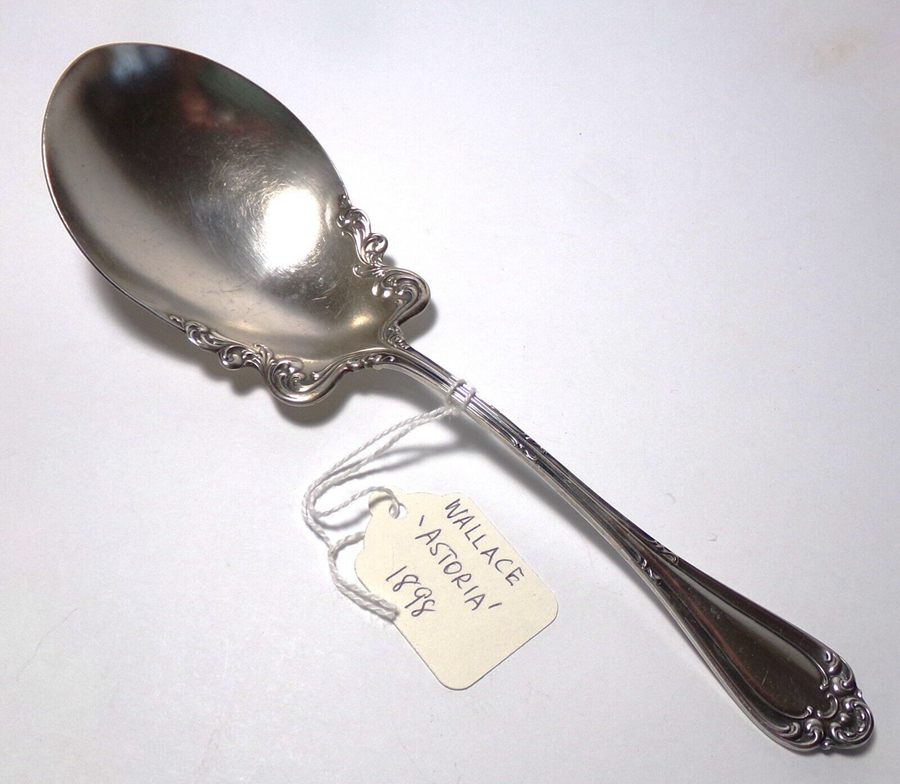
When collecting antique spoons, you will come across various types of serving spoons. These spoons often have a large bowl and are designed for serving food at the table. Some popular examples include:
- Basting spoons
- Pudding spoons
- Ice spoons
With their detailed designs and high-quality materials, these serving spoons are great additions to your antique silverware collection.
Berry Spoons
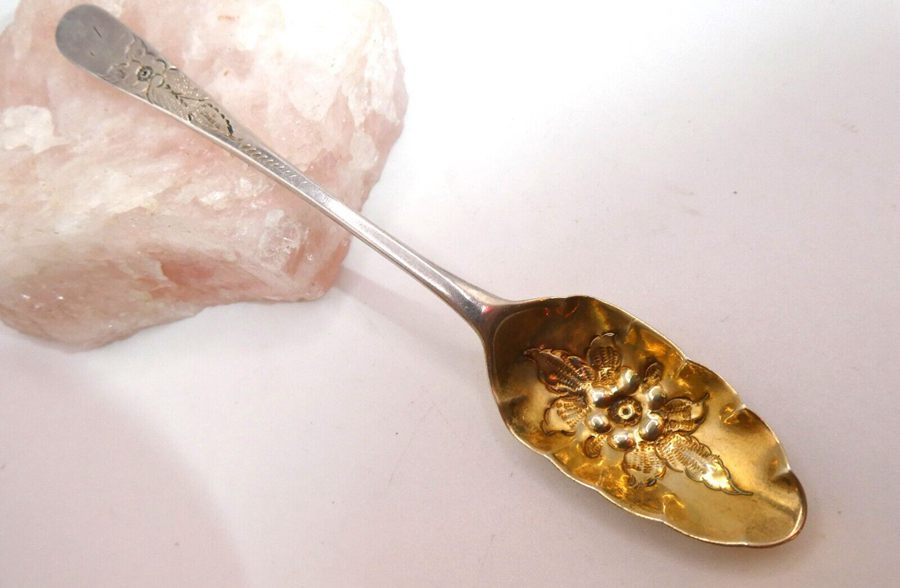
Berry spoons are another type of antique spoon with a large, round bowl, designed specifically for serving berries. These spoons are often highly detailed with sculpted berries on the handle or bowl. Berry spoons made by renowned makers such as Durgin typically hold higher value.
Egg Spoons

Egg spoons are smaller spoons typically used for eating soft-boiled eggs. They have a shorter handle and a slightly pointed bowl to scoop the egg from the shell. These unique pieces can add a touch of elegance to your breakfast table.
Pea Spoons
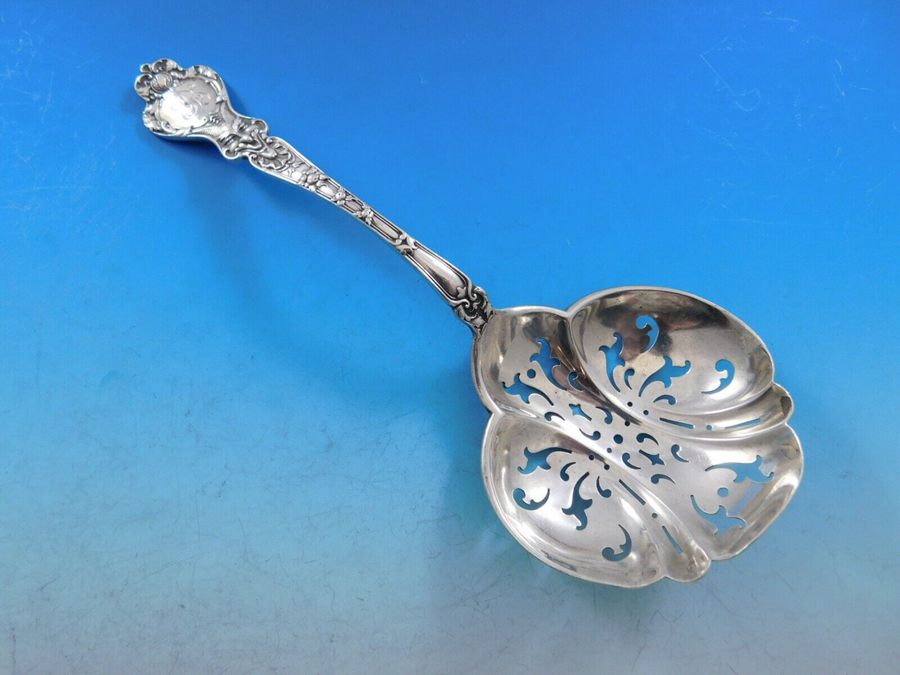
Pea spoons are another antique serving spoon with a large, round bowl designed to serve peas. They have special features such as drainage holes or perforations, which help to drain the liquid from the peas. These are a must-have for lovers of antique serving spoons.
Olive Spoons
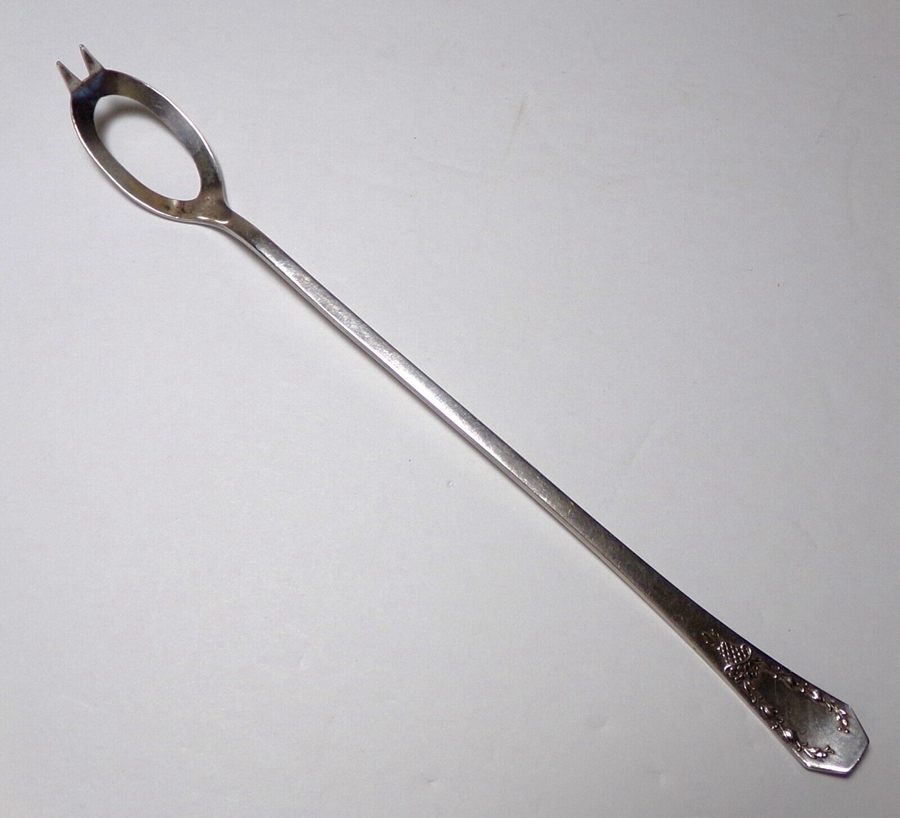
Olive spoons are designed specifically for serving olives. They often have a long handle and a small, perforated bowl to drain any excess liquid before serving. This antique spoon is perfect for those who appreciate the finer details of entertaining.
Caddy Spoons
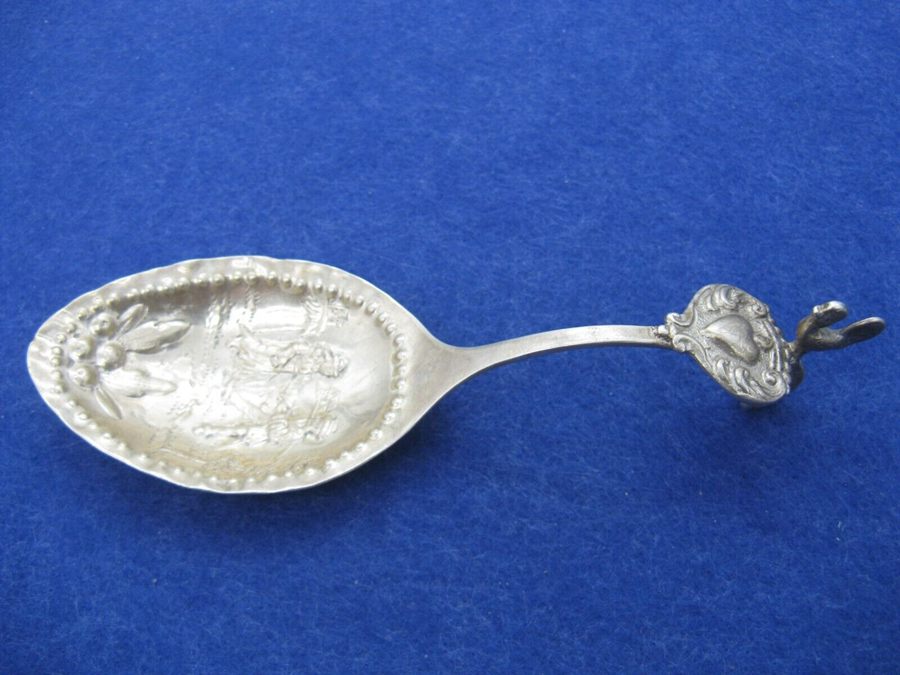
Caddy spoons, used for measuring out tea leaves, became popular before the advent of teabags. These small, uniquely shaped spoons vary in design and material, making them a fascinating addition to your antique spoon collection.
Souvenir Spoons
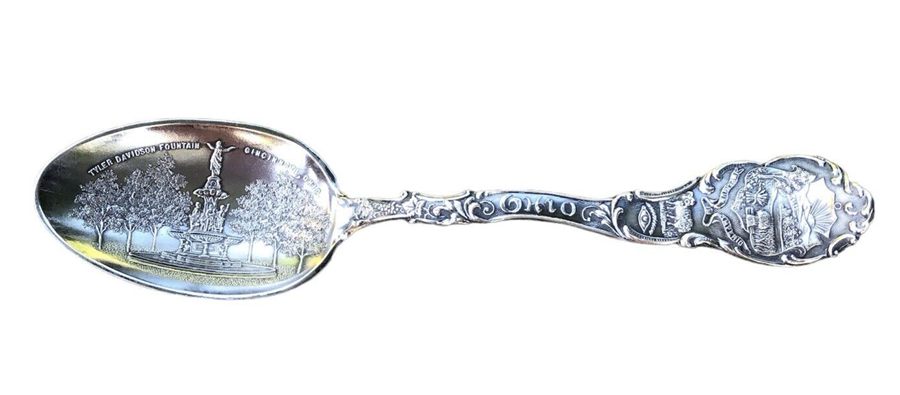
Souvenir spoons gained popularity in the 20th century as a way for travelers to commemorate their trips. They often feature unique patterns, motifs, or locations engraved on the handle or the bowl. Rare souvenir spoons from lesser-known locations can be quite valuable and add interest to your collection.
Remember to thoroughly research the materials, patterns, and makers associated with each type of antique spoon, as these factors can significantly impact their value. Happy collecting!
Popular Patterns and Designs
When it comes to antique spoons, some patterns and designs stand out due to their artistic appeal and rarity. In this section, you’ll learn about a few noteworthy patterns, as well as some key design elements from the Victorian era and the Art Nouveau style.
Chrysanthemum by Durgin
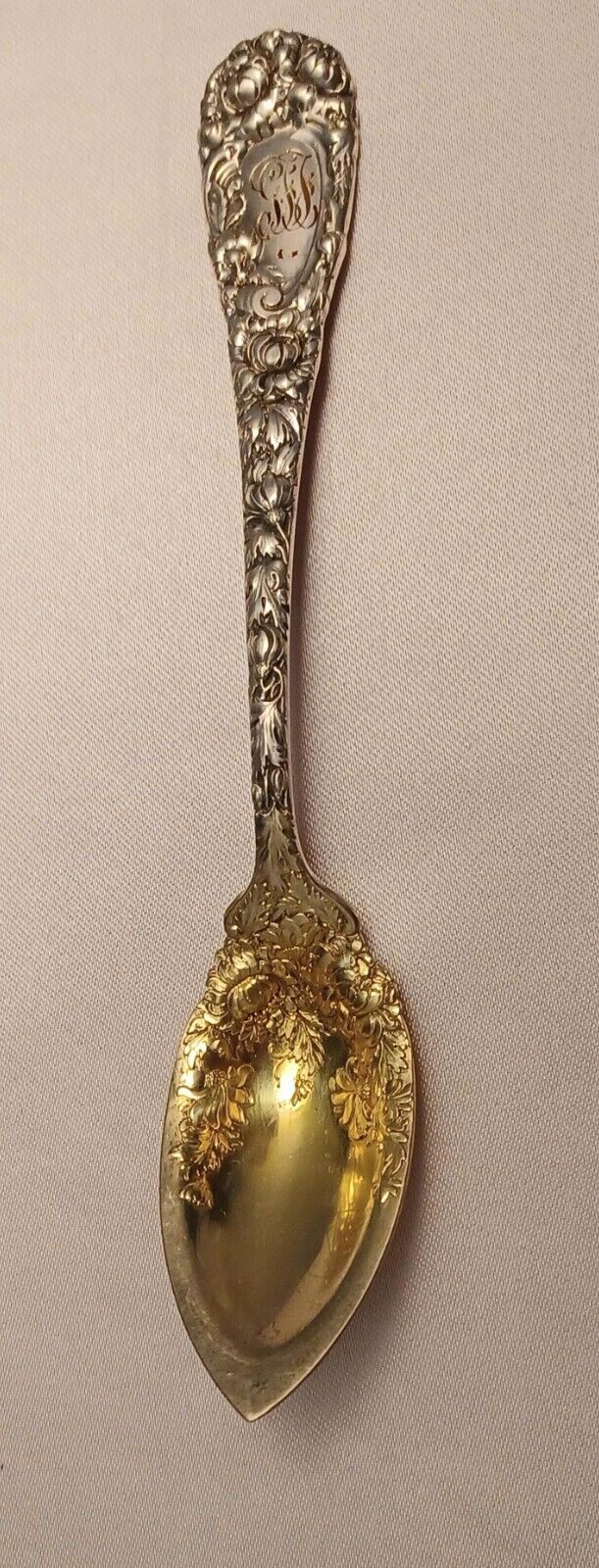
This rare antique spoon pattern features beautiful chrysanthemums, created by the renowned silver manufacturer Durgin. The intricately designed floral pattern showcases the detailed craftsmanship typical of the Victorian era, which demanded attention to detail and elegant aesthetics.
Raphael by Alvin

Raphael by Alvin is another stunning pattern characterized by ornate details and an air of sophistication. This intricate design features swirling motifs and elegant curves, capturing the elegance of the Victorian era and the organic flow of the Art Nouveau style.
Bird on Nest by Whiting

The Bird on Nest pattern by Whiting offers a unique and visually captivating design for collectors seeking something more unusual. This pattern features natural elements, such as intricate bird and nest motifs, reflecting the expertise and creativity of the Whiting artisans.
As you explore antique spoon patterns, you’ll notice several design elements common in different styles:
- Victorian era: Influenced by the reign of Queen Victoria (1837-1901), this period is known for its intricate, ornate, and romantic designs, often inspired by nature and featuring flowers, birds, and animals.
- Art Nouveau style: Popular in the late 19th and early 20th centuries, Art Nouveau emerged as a reaction to the industrial revolution. This style features fluid lines, natural themes, and organic shapes that create an elegant and artistic appearance.
By learning more about these popular patterns and design elements, you can better understand and appreciate the artistic significance of antique spoons. Pay close attention to the intricate details, build your knowledge of historical design trends, and revel in the beauty of these exceptional creations.
Silver Spoon Manufacturers
In this section, you will learn about prominent silver spoon manufacturers and their unique contributions to the world of antique silverware.
Durgin
Durgin, founded by William B. Durgin in Concord, New Hampshire in 1853, is known for its high-quality craftsmanship and exceptional silver spoons. As you explore Durgin’s work, you’ll discover their popular designs, such as Chrysanthemum, featuring intricately detailed flowers.
You can identify Durgin silver spoons by searching for the maker’s mark, which typically consists of the word “DURGIN” or “WBD.” Keep an eye out for these markings on the reverse of the handle, close to the bowl.
Some popular Durgin spoon patterns include:
- Chrysanthemum
- Louis XV
- Pompeian
Whiting
Whiting Manufacturing Company, established in 1840 in North Attleboro, Massachusetts, is another highly regarded silver manufacturer. Known for their elegant designs and quality craftsmanship, you will find that their intricate patterns are sought after by collectors.
A few notable Whiting spoon patterns are:
- Imperial Queen
- Arabesque
- Louis XV
Alvin
Founded in 1886 by William H. Jamouneau, Alvin Manufacturing Company is known for its quality silverware and innovative designs. As you browse Alvin silver spoons, you may notice their ornate detailing and meticulous craftsmanship.
Alvin spoons can be identified by their maker’s mark, consisting of an eagle within a shield and the word “ALVIN.”
Some popular Alvin spoon patterns include:
- Majestic
- Chateau Rose
- Maryland
Towle
Towle Silversmiths, established in 1857 in Newburyport, Massachusetts, has a long-standing reputation for creating exquisite silver spoons. You will appreciate their eye for detail and intricate designs when exploring their patterns.
Look for Towle’s maker’s mark, which consists of the word “TOWLE” and a craft symbol, when identifying their spoons.
Notable Towle spoon patterns are:
- Old Master
- Rambler Rose
- Canterbury
As you continue your research on antique silver spoons, remember to pay attention to the unique characteristics and maker’s marks of each manufacturer, ensuring an accurate identification and appreciation of their craftsmanship.
Factors Affecting Antique Spoon Value
1. Condition
The condition of an antique spoon significantly impacts its value. A well-preserved spoon with minimal wear and a clean appearance will command a higher price than one showing signs of damage or heavy use. Ensure you mention some common issues one may encounter in evaluating the condition of a spoon, such as dents, scratches, or worn patterns.
Here are some sample valuations based on the condition of antique spoons:
| Condition | Average Valuation |
|---|---|
| Excellent | $100 – 150 |
| Good | $70 – 100 |
| Fair | $40 – 70 |
| Poor | $20 – 40 |
2. Material
The type of material an antique spoon is made from can also greatly influence its value. Sterling silver spoons are generally more valuable than silver-plated ones, while rare materials such as ivory can fetch a higher price.
Example valuations based on the material used:
| Material | Average Valuation |
|---|---|
| Sterling Silver | $50 – 100 |
| Silver Plated | $1 – 15 |
| Ivory | $45 – 60 |
3. Pattern
The pattern on an antique spoon is another factor to consider when determining its value. Intricate, ornate patterns from the Victorian era, for example, can be highly sought after by collectors, while simpler designs may be less valuable. Chasing and monograms on the spoon can also add value.
4. Age
Older antique spoons typically hold more value than newer ones. For instance, 1500s bone spoons are considered especially precious. It is essential to correctly identify a spoon’s age to ensure an accurate valuation.
5. Rarity
Lastly, the rarity of an antique spoon can have a substantial impact on its value. Rare shapes, patterns, or materials can make a spoon more desirable and valuable.
Here’s a table illustrating the influence of rarity on valuation:
| Rarity | Average Valuation |
|---|---|
| Extremely Rare | $300 – 400 |
| Somewhat Rare | $200 – 300 |
| Moderately Rare | $100 – 200 |
| Common | $20 – 100 |
Remember to consider all of these factors when identifying and valuing an antique spoon. Use your knowledge and the resources available to you to make informed decisions about their worth.
Final Thoughts
When identifying antique spoons, always pay attention to details such as condition, age, material, and hallmarks. Remember, to be considered an antique, a spoon must be at least 100 years old. Older spoons tend to be more valuable than newer ones, especially if they are in good condition and have unique patterns or designs.
When determining the value of an antique spoon, consider its color and material. Metallic gray or gold spoons are the most valuable and could cost up to $500. Brown spoons typically value between $200 – $300, while oxidized black or white ones may cost up to $100.
Keep an eye out for handmade antique spoons, which will have signs of being crafted by an artisan, such as lack of uniformity, tool marks, and a silver smith’s hallmark. These factors can also contribute to an antique spoon’s rarity and value.
Your collection can also expand beyond just silver spoons and include other types, such as coin silver spoons, gold-plated spoons, Sheffield plate spoons, and electroplated spoons. Each type comes with its own unique history and potential value.
With this knowledge in hand, you’ll be well-equipped to start or expand your antique spoon collection. Remember to always verify the authenticity and value of your pieces before considering a purchase. Happy collecting!
FAQ
How do you know if you have an old and antique spoon?
To identify an old and antique spoon, first measure your spoon’s thickness. If it’s 4-5 mm thick, it’s most likely old and handmade, and can be valued between $600 – 1000. If it’s 2-3 mm wide, it might be newer and less valuable, costing up to $500. Additionally, pay attention to any natural motifs, as these can increase its value.
What are the rarest patterns for silver spoons?
Some rare patterns can significantly increase the value of a silver spoon. However, to determine the rarity, you’ll need to examine the pattern of your spoon and then look at the marks and dates on its reverse side. Research the manufacturer to understand what patterns they may have created. Unfortunately, it’s impossible to list specific rare patterns, as they can vary greatly based on the manufacturer and time period.
How can you determine the age of an antique spoon?
To determine the age of an antique spoon, you should first look for hallmarks on the reverse side of the handle. These marks can provide information about who made the spoon and its silver content, leading you to the manufacturer and age of the piece.
What is the significance of hallmarks on antique silver spoons?
Hallmarks on antique silver spoons are stamps that indicate the purity of the silver content. For example, sterling silver should have a mark that says “sterling” or “925.” Examining these marks can help you identify the quality of your antique spoon and determine whether it is genuine or not.
How can you assess the value of antique silverware?
The value of antique silverware depends on various factors, such as its age, rarity, and condition. Generally, older and rarer pieces are more valuable, with Victorian silverware being highly desirable. To assess the value of a specific piece, research the manufacturer, era, and rarity of the pattern, and consider consulting with an expert or appraiser for an accurate estimation.


